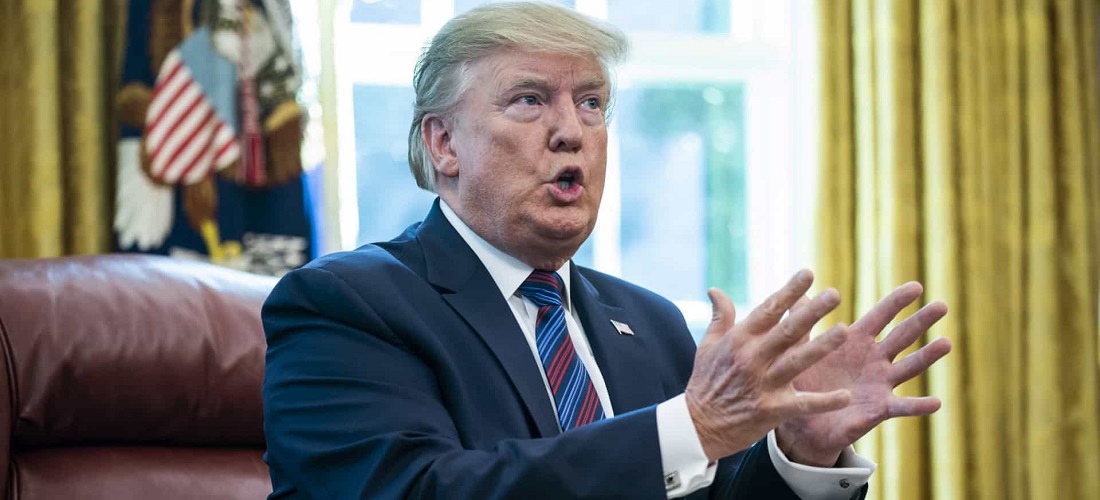Trade Negotiations Context
Trade negotiations between the United States and European Union entered a new phase following direct talks between European Commission President Ursula von der Leyen and US President Donald Trump. According to official sources, the dialogue was described as “productive” by both parties.
EU trade spokesperson Olof Gill officially stated: “We want to reach an agreement with the US. We want to avoid tariffs. We believe they cause economic damage.” This position reflects the European strategy of seeking negotiated solutions to avoid tariff escalations.
Timeline and Implementation Deadlines
Initially, Trump had established July 9 as the deadline for trade agreements. However, implementation of new tariffs was postponed to August 1, providing additional time for negotiations.
Treasury Secretary Scott Bessent reported that overnight his “inbox was full” of new offers and proposals from various countries, indicating intense diplomatic and commercial activity in response to the established deadlines.
Tariff Policy Regarding BRICS
Trump announced an additional 10% tariff for countries that align with policies classified as “anti-American” within BRICS. The BRICS group, comprising Brazil, Russia, India, China, and South Africa, represents more than half of the world’s population and has sought greater prominence in the global economic scenario.
Kremlin spokesperson Dmitry Peskov responded to American statements by affirming that BRICS “never was and never will be directed against third countries,” characterizing the group as a multilateral economic cooperation platform.
Observed Economic Impacts
Automotive Sector
Implementation of 29.5% tariffs on European automobiles represents a significant increase in import costs. This measure directly affects the final price of vehicles in the American market and may influence consumer purchasing decisions.
Industrial Sector
Dow Chemical announced the closure of three plants in Europe, resulting in the elimination of 800 jobs. This movement demonstrates how tariff policies can generate direct consequences on employment and industrial production structure.
Financial Markets
Wall Street registered initial volatility, with the Dow Jones showing a 70-point drop at market opening. This reaction reflects investor uncertainties regarding the developments of trade policies.
United Kingdom Situation
The United Kingdom maintains a differentiated position in negotiations, possessing a partial agreement with the United States. Automotive tariffs were reduced from 27.5% to 10% (limited to 100,000 vehicles), and tariffs on aerospace products were completely eliminated.
However, negotiations regarding steel tariffs remain ongoing, demonstrating that even partial agreements require continuous adjustments in specific sectors.
American Diplomatic Strategy
Bessent described the American approach as “maximum pressure,” sending official communications to approximately 100 countries. This strategy seeks to establish bilateral dialogues to define new trade terms.
Some of these communications were directed at countries with limited trade volume with the United States, which already operate under the 10% base tariff. This broad approach suggests a systematic reformulation of American trade relations.
Perspectives and Implications
Global Trade System Restructuring
Current tariff policies represent a significant change in the international trade system established after World War II. The use of tariffs as a bilateral negotiation tool contrasts with traditionally adopted multilateral principles.
Development of Alternative Systems
BRICS response to tariff pressures includes developing alternative trade mechanisms, such as independent payment systems and regional trade agreements. These initiatives aim to reduce dependence on traditional commercial structures.
Global Economic Impacts
Ongoing negotiations influence everything from basic commodities to complex manufactured products, affecting global production chains. The results of these negotiations will determine the structure of international trade in the coming decades.
Conclusion
Trade negotiations between the United States and European Union, as well as tensions with BRICS, represent a moment of redefinition of global economic relations. The implemented tariff measures and agreements under negotiation will have lasting consequences for the world economy, affecting everything from consumer prices to industrial employment structures.
The current period is characterized by the search for new trade balances, where different economic blocs seek advantageous positions in the reconfiguration of the international system. The results of these negotiations will define the parameters of global trade for the coming years.
Contact us today through our WhatsApp to discover how we can help you achieve success in the United States. Together, we can turn dreams into reality.
Information source: edition.cnn.com | bbc.com | theguardian.com



